Resting on the southern banks of the Zambezi River at the western end of the eponymous falls, this popular tourist town is compact enough to walk around and makes an ideal base for travellers exploring the seventh wonder of the world, the unfathomably vast Victoria Falls. About two-thirds of the falls can be viewed from the Zimbabwean side and, while the falls are undoubtedly the star attraction, the area provides both adventure seekers and sightseers with plenty of opportunities to warrant a longer stay. Popular activities include scenic flights over the falls in helicopters or microlights, bungee jumping off the Victoria Falls Bridge, white-water rafting (seasonal), and day trips to Chobe National Park.
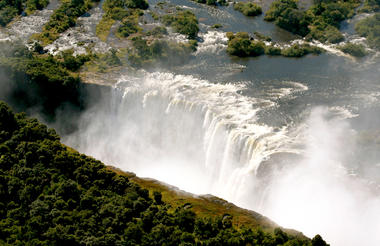
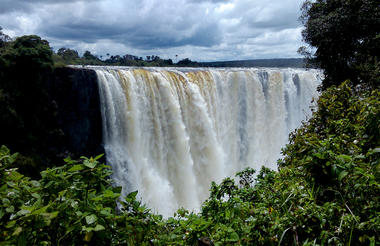
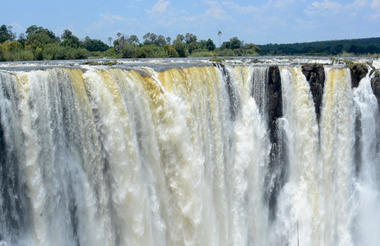
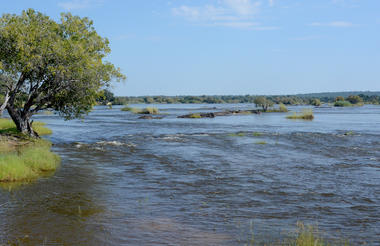
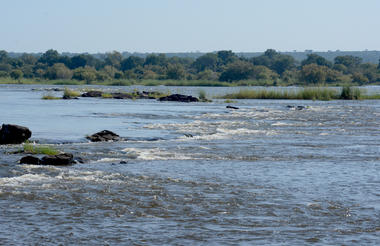
Eastern Hwange is one of the park’s most productive wildlife areas, combining open grassy plains, vleis, and teak forests with a number of natural seeps such as Nehimba and Shakwanki, where animals dig for water. These seeps are a lifeline during the dry months and attract a steady stream of elephants, buffalo, and plains game, along with the predators that follow them.
This part of the park is particularly rich in lion, leopard, and cheetah, as well as large concentrations of elephants. Roan and sable antelope are more frequently seen here than in many other areas of Africa, and packs of endangered wild dog also roam the region. Birdlife is prolific, with raptors, rollers, hornbills, and seasonal migrants all adding to the variety.
In terms of safari experience, Eastern Hwange offers excellent game drives and guided bush walks, with many camps also overlooking productive waterholes, meaning game viewing often comes right to you. The area is well known for its dramatic dry-season gatherings of elephant, while during the green season, the plains and pans fill, attracting grazers and creating striking photographic opportunities.
Altogether, Eastern Hwange combines rewarding wildlife encounters with diverse habitats and unique geological features, making it a key part of the park to explore.


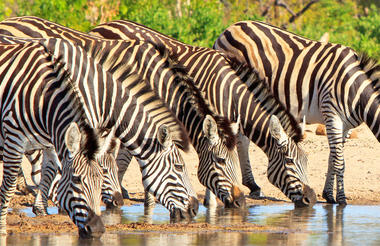
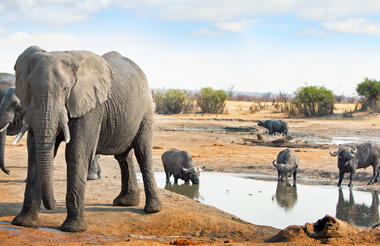
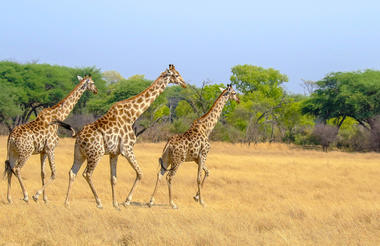

Located in western Zimbabwe, Hwange National Park (formerly Wankie Game Reserve) is the largest natural reserve in the country and is famous for its rich diversity of wildlife. The northern and western areas of the park are different - the northern area is encompassed by the Zambezi watershed, while the western part consists of grasslands, marshes, and scattered woodlands. The natural seeps such as Nehimba and Shakwanki, where animals dig for water, are particularly notable. The park is home to one of the biggest elephant populations in the world, as well as around 100 mammal species, and several protected animals including the endangered wild dog, critically endangered black rhino, and rare roan and sable. Around 500 bird species also inhabit the area. Visitors can look forward to bush hikes, game drives, and horse riding safaris.






As previously described



